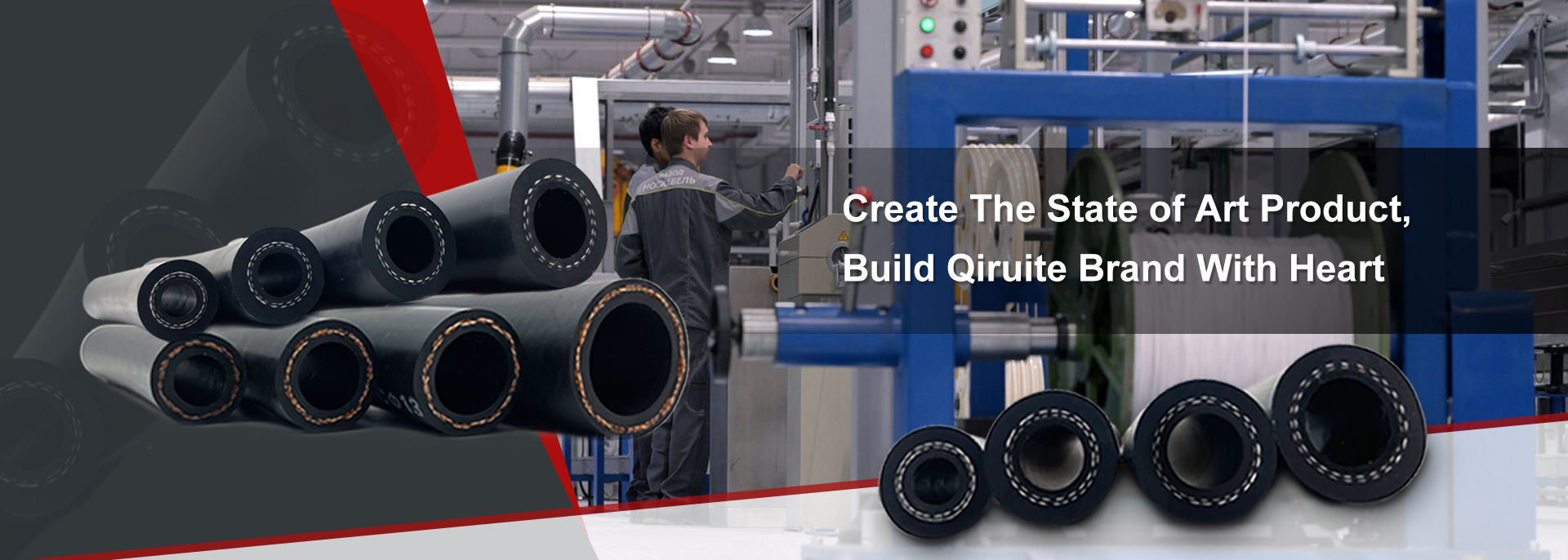power steering hoses and lines
Power Steering Hoses and Lines Essential Components of Auto Steering Systems
Power steering has transformed the way we drive, and a chief component of this system is the power steering hoses and lines. Designed to facilitate the smooth functioning of the steering mechanism in modern vehicles, these components play a crucial role in enhancing driver control and vehicle handling. Understanding the function and maintenance of power steering hoses and lines is imperative for any car owner.
The Function of Power Steering Hoses and Lines
Power steering systems utilize hydraulic pressure to reduce the effort required to steer the vehicle. The core function of power steering hoses and lines is to transport hydraulic fluid from the power steering pump to the steering gear. When the driver turns the steering wheel, the power steering pump sends pressurized fluid through these hoses. This pressurized fluid assists in moving the steering gear, drastically reducing the effort needed to turn the wheel.
Types of Power Steering Hoses
There are generally two types of power steering hoses the high-pressure hose and the low-pressure return line.
1. High-Pressure Hose This hose carries hydraulic fluid from the pump to the steering gear. It is designed to withstand high pressures, often exceeding 1,500 psi, and is generally made with durable materials and reinforced to prevent bursting. The high-pressure hose is critical; any leaks or ruptures can lead to complete power steering failure, resulting in difficult steering and potential safety hazards.
2. Low-Pressure Return Line This hose returns fluid from the steering gear back to the reservoir after it has completed its function. While it operates under lower pressure compared to the high-pressure hose, it is still essential for the effective circulation of fluid within the power steering system.
Common Issues with Power Steering Hoses and Lines
Power steering hoses and lines are subject to wear and tear over time, leading to potential issues. Common problems include
power steering hoses and lines

- Leaks The most frequent issue is fluid leakage, typically caused by cracks or deterioration in the hoses. Leaks can lead to decreased power steering efficiency and may require immediate replacement of the affected hoses. - Kinks and Bends Improper installation or wear may cause kinks or sharp bends in the hoses, restricting fluid flow. This can lead to increased pressure in certain areas of the system.
- Corrosion and Fraying Over time, exposure to heat, moisture, and road debris can cause hoses to corrode or fray. This can compromise their integrity and lead to failures.
Maintenance Tips
Regular maintenance can prolong the life of power steering hoses and lines. Here are some helpful tips
- Inspect Regularly Check the hoses and lines for signs of wear, such as cracks, bulges, or leaks. Early detection of a problem can save you from more severe damage and higher repair costs.
- Fluid Levels Regularly check the power steering fluid level in the reservoir. If the fluid is low, it could indicate a leak in the hoses or connections.
- Replace as Necessary Follow the manufacturer’s recommendation for hose replacement intervals. If you notice any issues during inspection, do not hesitate to replace the damaged parts.
Conclusion
Power steering hoses and lines are vital components of the automotive steering system, and their proper functioning is essential for ensuring vehicle safety and performance. By understanding their role and adhering to maintenance practices, drivers can enjoy a smoother and safer driving experience. Regular checks and prompt repairs can mitigate more severe issues down the line, maintaining the efficiency of the power steering system and ensuring that you remain in control on the road.
-
Ultimate Spiral Protection for Hoses & CablesNewsJun.26,2025
-
The Ultimate Quick-Connect Solutions for Every NeedNewsJun.26,2025
-
SAE J1401 Brake Hose: Reliable Choice for Safe BrakingNewsJun.26,2025
-
Reliable J2064 A/C Hoses for Real-World Cooling NeedsNewsJun.26,2025
-
Heavy-Duty Sewer Jetting Hoses Built to LastNewsJun.26,2025
-
Fix Power Steering Tube Leaks Fast – Durable & Affordable SolutionNewsJun.26,2025

